Herend, the famous Porcelain Manufactory
- lzb
- May 29, 2019
- 3 min read


Last month I visited Herend, the hometown of the "European White Gold". Herend (german: Herrendorf) is a small town near to Veszprém and Lake Balaton. There is a museum offering a permanent exhibition and temporary shows and in 1999 opened the Minimanufactory, where the visitors can get an insight into the secrets of porcelain-making.
I was so lucky that I received a nice rose shaped by hand and put together petal by petal from one of the workers of the Minimanufactory. Although it is not painted, it is so nice and remains a memory of my visit in Herend.

Porcelain is the noblest ceramic material. It is unbelievable that the factory in Herend was founded already in 1826 by Vince Stingl as an earthenware pottery factory, but later Stingl ran out of funds and went bankrupt. His creditor Mór Fischer took over the control of the factory in 1839.

Did you know it?
The factory produced to Hungarian aristocracy and later to several royal courts in the world. Queen Victoria of the United Kingdom ordered a set decorated with colorful butterflies and peonies made especially for the fair – the pattern was later named Queen Victoria Décor in honor of the Queen.
Some other well-known patterns were named for the first customers: (Esterházy, Batthány, Rotschild, Apponyi).
Princess Diana collected china figurines, Lewis Hamilton, Forma 1 pilot has got a Herend Trophy as a present for his victory in the Hungarian Grand Prix at Hungaroring.
Arnold Schwarzenegger is a collactor and buyed a lot of pieces.
The Vienna Exhibition in 1845, the Great Exhibition in London in 1851, the Exhibition of All Nations in New York in 1853, and the Exposition Universelle in Paris in 1855, brought the highest recognition for Herend.
In 1874 Fischer gave the management of the manufactory to his sons. The factory had several owners, and went almost bankrupt. At the end of the century, the grandson of the founder, Jenő Farkasházy became the owner of the factory. He had ceramist experience in foreign factories and began to create new designs and patterns. He also introduced new figurines in 1900 Paris and 1901 St. Petersburg.
Between the two world wars the factory worked.
In 1948 the company was nationalised. In 1993 it was privatised, it is owned by the management and workers.
The collection of the museum is amazing, there are so many types of figurines: flowers, animals, people, chinese patterns etc. I made plenty of photos and I would like to share with you. My favorites are the butterfly, animals, especially dog figurines. There is a shop opposite to the Minimanufactory where you can buy / admire huge quantity of porcelains too. I wondered if they have border collie figure in porcelain as I have this breed. The seller in the shop told me that she has already met this kind of dog and immidiately looked for it in their catalouge. I was disappointed because it was out of stock.
If you like porcelains of Herend or you are collector or just wonder how it is beeing produced and how many kinds of porcelains they do, it is highly recommended to visit this small town near Veszprém and explore the wonderful museum, the minifactory, the pretty shop and also the nice café where you can drink your coffé and eat your cake in original Herend cup and plate.

















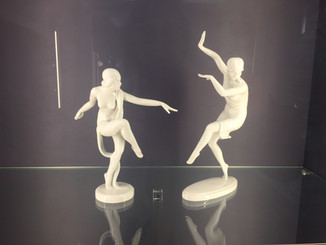





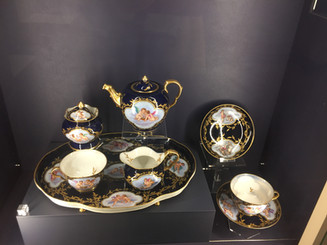

















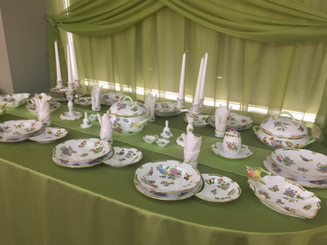


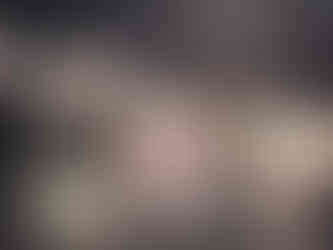


























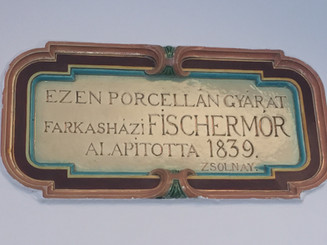











Comments